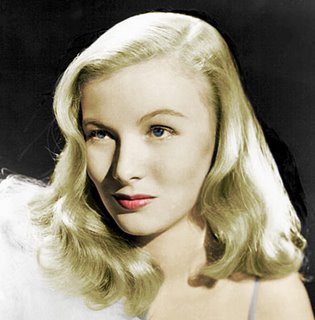DSPR12B - PRINT FUNDAMENTALS - TASK 3: CUVDES01A
 For this task I will describe the following Colour Models:
For this task I will describe the following Colour Models:- CMYK
- RGB
- HSB
- GRAYSCALE
- LAB
A color model is an orderly system for creating a whole range of colors from a small set of primary colors. There are two types of color models, those that are subtractive and those that are additive. Additive color models use light to display color while subtractive models use printing inks. Colours perceived in additive models are the result of transmitted light. Colors perceived in subtractive models are the result of reflected light. There are several established color models used in computer graphics, but the two most common are the RGB model (Red-Green-Blue) for computer display and the CMYK model (Cyan-Magenta-Yellow-black) for printing.
CMYK Color Model
- Subtractive color model
- For printed material
- Uses ink to display color
- Colors result from reflected light
- Cyan+Magenta+Yellow=Black
CMYK is a subtractive colour model used in the 4-colour print process. The mixture of ideal CMY colours is subtractive (cyan, magenta, and yellow printed together on white result in black). CMYK works through light absorption The colours that are seen are from the part of light that is not absorbed. In CMYK mode, magenta plus yellow produces red, magenta plus cyan makes blue and cyan plus yellow creates green.

RGB Colour Model
- Additive color model
- For computer displays
- Uses light to display color
- Colors result from transmitted light
- Red+Green+Blue=White

RGB COLOUR MODEL
The RGB color model is an additive colour model in which R-red, G-green and B-blue are combined in various ways to create other colours. These three colors should not be confused with the traditional pigment colours of red, blue & yellow.
HSB Colour Model
HSB = Hue, Saturation & Brightness and defines a color space in terms of three following components:
- Hue is the color type such as red, blue, or yellow: Ranges from 0-360 but is normalized to 0-100% in some applications
- Saturation, or the vibrancy of the color: Ranges from 0-100%
- Value is the brightness of the color: Ranges from 0-100%
Grayscale Colour Model
As designers we can convert images to grayscale although not in all formats. We are able to create a new image in grayscale mode and then it can at a later stage in the process be colorised by changing the saved image to RGB. If you change from grayscale to RGB mode, your image will have an RGB structure with three color channels, but of course, it will still be gray. Grayscale image files (8-bit) are smaller than RGB files. You can also transform an RGB image to grayscale by desaturating it, using the HSB option.


GRAYSCALE & COLOURISED IMAGES
www.t-tutorials.com/.
LAB Colour Model
This Colour Model encompasses all of the colours available in CMYK & RGB and is based on
two different colour spaces. The best known is CIELAB and the other is Hunter Lab.
Humans have eye receptors for short (S), middle (M), and long (L) wavelengths, also known as blue, green, and red receptors. So we basically need three parameters to describe colour sensations of objects in everyday life. A specific method for associating the tristimulus values or the amounts of the three primary colours with each colour is called a colour space of which the CIE XYZ colour space is such space. The CIE XYZ colour space as in the below example is unique as it is based on direct colour depth perception made by the human eyeand is the basis from which many other colour spaces are defined.

http://www.couleur.org/index.php?page=transformations
http://www.poynton.com/PDFs/ColorFAQ.pdf
http://www.colourware.co.uk/cpfaq.htm
http://www.sketchpad.net/basics4.htm

0 Comments:
Post a Comment
Subscribe to Post Comments [Atom]
<< Home